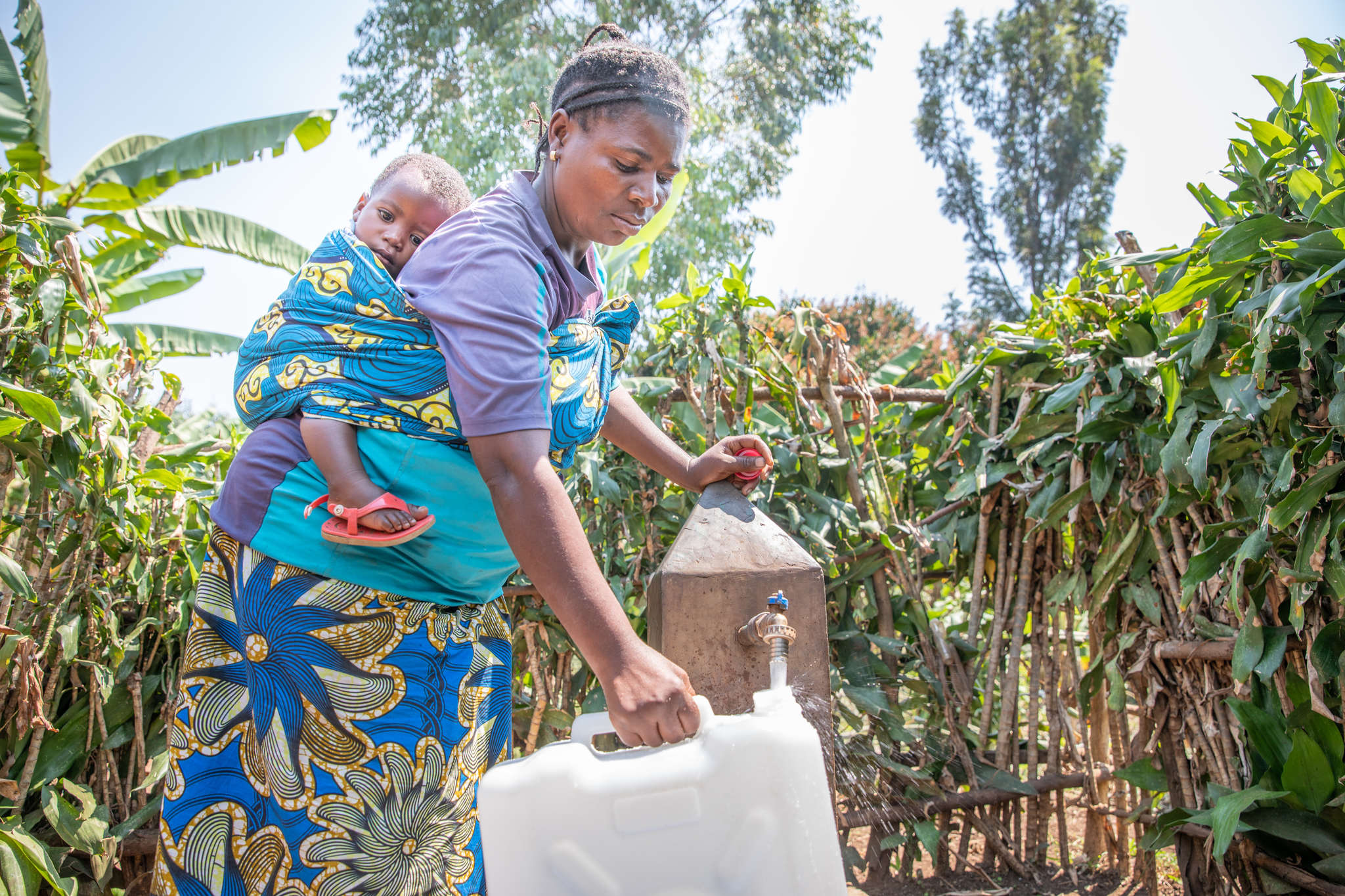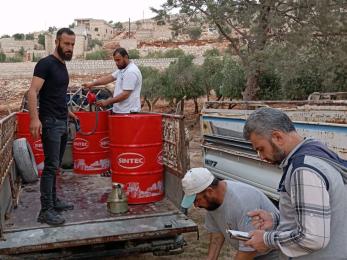The first 1,000 days: No time for malnutrition
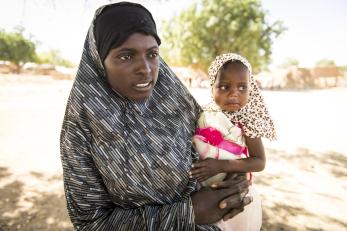
“I am very worried about how I will get food,” Zouera said. Her agricultural community in Niger was coping with the effects of a terrible drought. “The harvest was very bad, so there is not enough food. We only have one meal a day. [The children] are always asking me for more. They are hungry.”
At the time, Zouera’s youngest, Laouratou, was just 2 years old — the age when no child can afford to miss a meal.
The first 1,000 days of a little one’s life — the period between conception and their second birthday — are the most vital in development. This stage is when a child’s body and brain are growing at a rapid pace.
“That’s when everything is coming together,” says Adriane Seibert, Mercy Corps’ senior nutrition advisor. “That’s the foundation of a human being, the first 1,000 days. That’s when growth velocity is the highest and that is when they have a very pronounced need for calories and nutrients.”
What happens here determines a child's future. And, quite literally, every second counts.
But as a widow and mother of six in rural Niger, one of the poorest and least developed countries in the world, Zouera has a lot of mouths to feed. And the deck is stacked against her because child malnutrition is rooted in so much more than just a lack of food.
Does a family have access to medical care? Do they live in a healthy environment? Is there money to buy the things they need?
For Zouera and millions of other families, the answer is no. Around the world, things like poverty, disease, lack of knowledge and insufficient food all compound to fuel child malnutrition — at alarming rates and with devastating effects.
It’s the leading cause of death in children under 5, and it can have lifelong consequences for kids who survive it. Even very short-term malnutrition can stunt a child’s future.
The cost of malnutrition
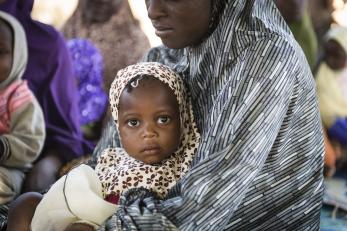
When a child doesn’t get all the nutrients their body needs, it starts to compromise their growth and development, Seibert says, particularly during their first few years. And it doesn’t take long to make a disastrous impact.
Consider Laouratou. In her first 1,000 days, her body was growing more quickly than it will at any other point in her life.
This is when neural connections in the brain form at a rapid pace of 700-1,000 per second, creating the foundation for a child’s health and ability to learn, function and thrive as adults.
If they don’t get the right balance of foods and micronutrients to fuel this growth, it can impair their mental and physical development. And any damage done is permanent — his or her body will never be able to make up for missed development milestones, forever limiting what they are capable of in the future.
“For a child who is chronically malnourished, or stunted, meaning they’re not growing to their full potential, the consequence is that they are impaired in terms of their life trajectory,” Seibert says.
“Their body, including their brain, their being, is not as robust as what it should be, and what it had the potential to be.”
Kids who don’t develop to their full mental or physical capacity will be less productive in school and employment. They will earn less, have a lower level of education and be prone to chronic illness for the rest of their lives. They are more likely to give birth to malnourished babies, too.
Malnourished children also have weakened immune systems and, therefore, are at heightened risk of disease, which puts them in danger of never even reaching adulthood in the first place.
Over 3 million children under 5 die from malnutrition every year.
The effects of poor nutrition are so strong that it traps families and entire communities in a cycle of malnutrition and poverty.
That’s why Mercy Corps aims to stop malnutrition before it starts. We work to address its root causes and give people the resources they need — food, knowledge and training — to overcome challenges and lift themselves up for good.
The root of malnutrition
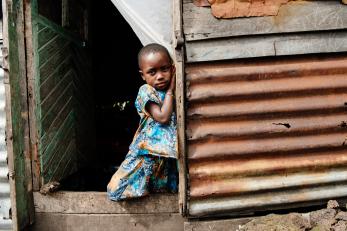
The primary determinants of malnutrition are disease and not getting enough nutrients, says Seibert.
But the important thing to note is that a lack of nutrients is not always linked to the availability — or unavailability — of food. A legion of repressive factors drive malnutrition as well.
There are many things beyond food that keep children from getting the nutrition they need to be healthy: early marriage and childbirth, poor maternal health, lack of nutrition and family planning education, insufficient access to healthcare, unsanitary living conditions, and poverty.
“You look at impoverished communities, and they have the full gamut of things that would contribute to a child being malnourished,” Seibert explains.
It can start during pregnancy and even, sometimes, before it.
In the developing world, 1 in 3 girls gets married before she turns 18. In many countries that percentage is even higher: In Niger, for example, 3 out of 4 girls are married before their 18th birthday, some as young as 14. And they often start having children immediately.
If a girl has not developed fully before getting pregnant, her child won’t either, perpetuating the cycle of underdevelopment.
Additionally, if a pregnant woman is malnourished — because she is sick, unaware of what to eat, or doesn’t have access to the food or care she needs — she is more likely to give birth to a stunted baby.
In both these scenarios, the child’s development is curtailed even before it’s born.
According to the World Food Programme, 17 million babies are born underweight every year because their mothers were not healthy before or during their pregnancy.
Malnutrition after birth
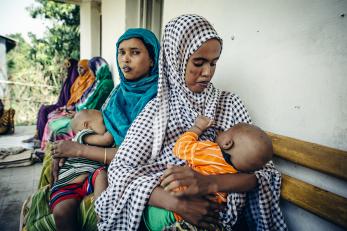
After birth, exclusive breastfeeding provides all the nutrition a baby needs for their first six months of life. And, especially in developing countries, where the risk of disease is higher, it’s the safest feeding option. But many people in these places don’t practice exclusive breastfeeding, because they don’t know about it.
“Previously, mothers were feeding their babies with bread, butter and other kinds of food,” says Mohammed, a Mercy Corps staffer overseeing a breastfeeding program in rural Ethiopia. “The rate of malnutrition was very high.”
Likewise, parents often don’t know what to feed a child after those first six months. Even if they are able to grow or buy nutritious foods, they may not be doing so, because they’ve simply never learned what their families need to eat to be healthy.
In other cases, like Zouera’s in Niger, women spend the majority of their hours working, which takes them away from their families altogether, preventing them from overseeing that their children are eating as much, and as frequently, as they should be.
“Every day I wake up and I sweep the house,” Zouera said, “then I pound the millet if we have it to make the porridge, then I go to fetch the water. I do the laundry afterward. Sometimes I have to go out searching for wood, then in the afternoon I go fetch more water.”
“I am a widow. I have six children. I am taking care of them by myself. It is very hard to be on my own.”
To add to this challenge, children without access to medical care or those living in unsanitary conditions, like many in rural, developing communities, are at increased risk of becoming malnourished and getting stuck there: Disease threatens a body’s ability to eat and absorb nutrients, and a malnourished body is more vulnerable to disease.
All of these factors are in addition to the most obvious origin of malnutrition: simply not having enough money or food to go around. Globally, around 800 million people go hungry every day.
A world without malnutrition
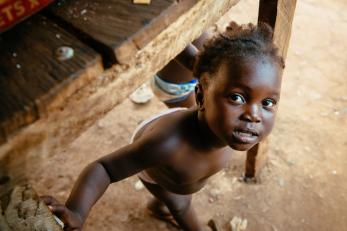
We see a world in which every child, no matter where they live, has the chance for a healthy, happy future.
That’s why our interventions start at the very beginning, aiming to give vulnerable families like Zouera’s the education and resources they need to build stronger lives and healthy children from the ground up.
We provide seeds and food to help people cope with any shortages, and educate them about delaying marriage, family planning, infant care and nutrition, so they’re equipped to make good decisions and support their households.
Our cooking demonstrations teach mothers from Guatemala to Tajikistan how to make healthy meals for their children, and our husband schools encourage men in Niger to take a more active role in caregiving.
In places like the Democratic Republic of Congo and Lebanon, we help improve communities’ overall health by increasing access to water and medical care. And we help farmers across the globe raise their production and boost their incomes so it won’t be a question whether or not they can feed their families for the long-term.
Tackling child malnutrition is a big job, but one we don’t have time to ignore. Poor nutrition kills 5,000 children every day in the countries where we work. And they deserve better.
